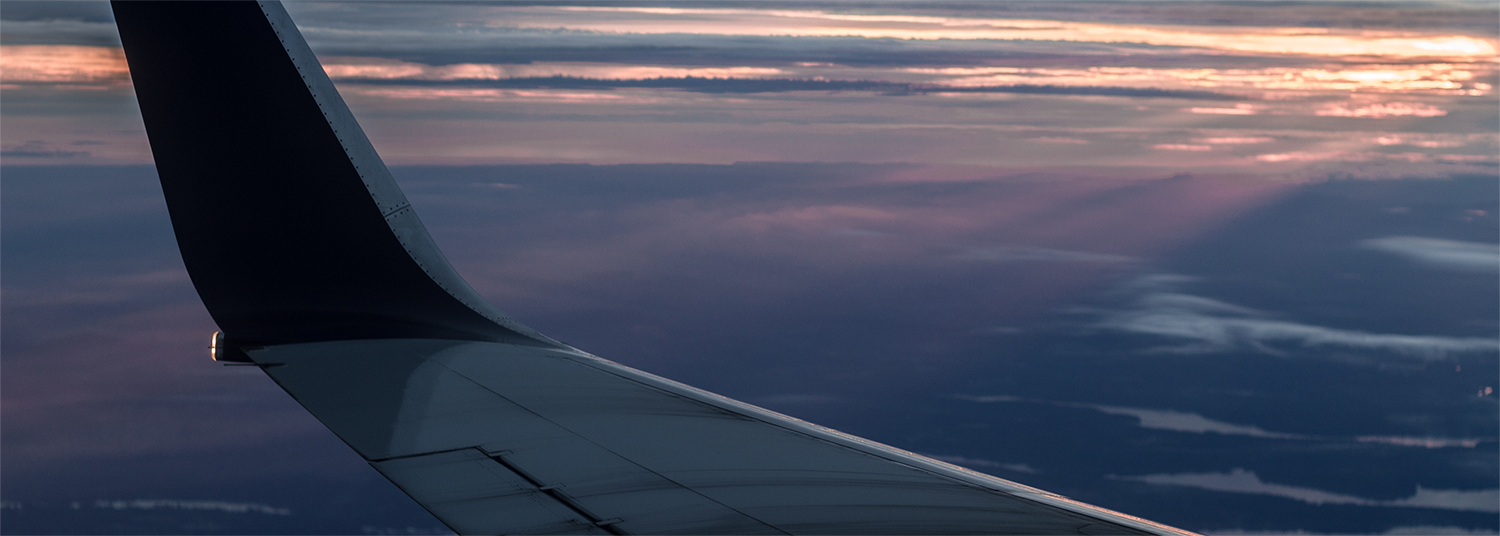


By: http://news.sky.com/
Smoke was detected in a toilet close to the cockpit of EgyptAir flight MS804 moments before the aircraft plunged off radar screens, French investigators have confirmed. Warning messages about the smoke were sent automatically by the Airbus A320’s computer systems to ground stations on Thursday. The French Bureau of Investigations and Analysis confirmed messages were transmitted shortly after the plane entered Egyptian airspace. “There were … messages emitted by the plane indicating that there was smoke in the cabin shortly before data transmission broke off,” an agency spokesman told reporters. The spokesman added that such messages “generally mean the start of a fire.” The communications also seem to indicate a problem with the controls and computers, critical to controlling the plane. Sky News has obtained a screen grab of the data, believed to be from EgyptAir Operations Centre’s computer. It has time stamps that match the approximate time the aircraft disappeared. The French agency added that it was “far too soon to interpret and understand the cause of the accident as long as we have not found the wreckage or the flight data recorders”. EgyptAir, Airbus and Egyptian officials have not yet commented on details of the smoke. :: Flight MS804: What Do We Know So Far? Simon Hradecky of The Aviation Herald, a website that covers the aviation industry, told Sky News what the series of messages suggests. He said: “The window sensors are all temperature sensors. “Their activation suggests they went over-temperature – for whatever reason. “So the right hand sliding window is at the start of the whole sequence indicating that the window became too hot – and this is why pilot discussions more and more focus on the right hand side of the cockpit. “Then the lavatory smoke alert comes. “The ATA Code is not completely known, it probably identifies which of the lavatories was affected. Everybody right now assumes it was the forward lavatory right behind the cockpit wall. “Then the avionics smoke comes active, indicating the avionics bay, the room below the cockpit with all the aircraft electronics and all its computers, contained smoke. “And now the right hand fixed window comes active (which is forward of the sliding window and better exposed to the oncoming air) two minutes after the start of the sequence. “Then the systems start to crumble, all of which are in the avionics bay. So one can see how the heat/fire spread and affected the systems, and that pattern makes sense. “Many pilots assume that there was a fire in the avionics bay just below the cockpit floor.” He added: “The smoke/fire was the first event in the crash sequence that started the crash sequence. What then happened is up to speculation until we know the contents of the cockpit voice recorder. Aviation expert Geoffrey Thomas “The 360 degrees turn, as described by the Greek Defence Minister, is a good pilot manoeuvre to increase drag and thus accelerate the descent. “In case of a catastrophic fire pilots will try to ditch the aircraft (if over water), and it would appear plausible that this is what happened.” Experts say answers will only come with an examination of the wreckage and the plane’s cockpit voice and flight data recorders. Search crews have found floating human remains, luggage and seats from the jet which plunged into the Mediterranean Sea. But ongoing efforts are being made to find large pieces of wreckage and the black boxes. Egyptian authorities say they believe terrorism is a more likely explanation than equipment failure. No militant group has claimed responsibility. Flight MS804 left Paris at 10.09pm BST on Wednesday with 66 people on board, but vanished at 1.30am on Thursday. EgyptAir said on Twitter that radar contact with the plane was lost about 295km (around 180 miles) from the Egyptian coastline.
View original article
Leave a Reply